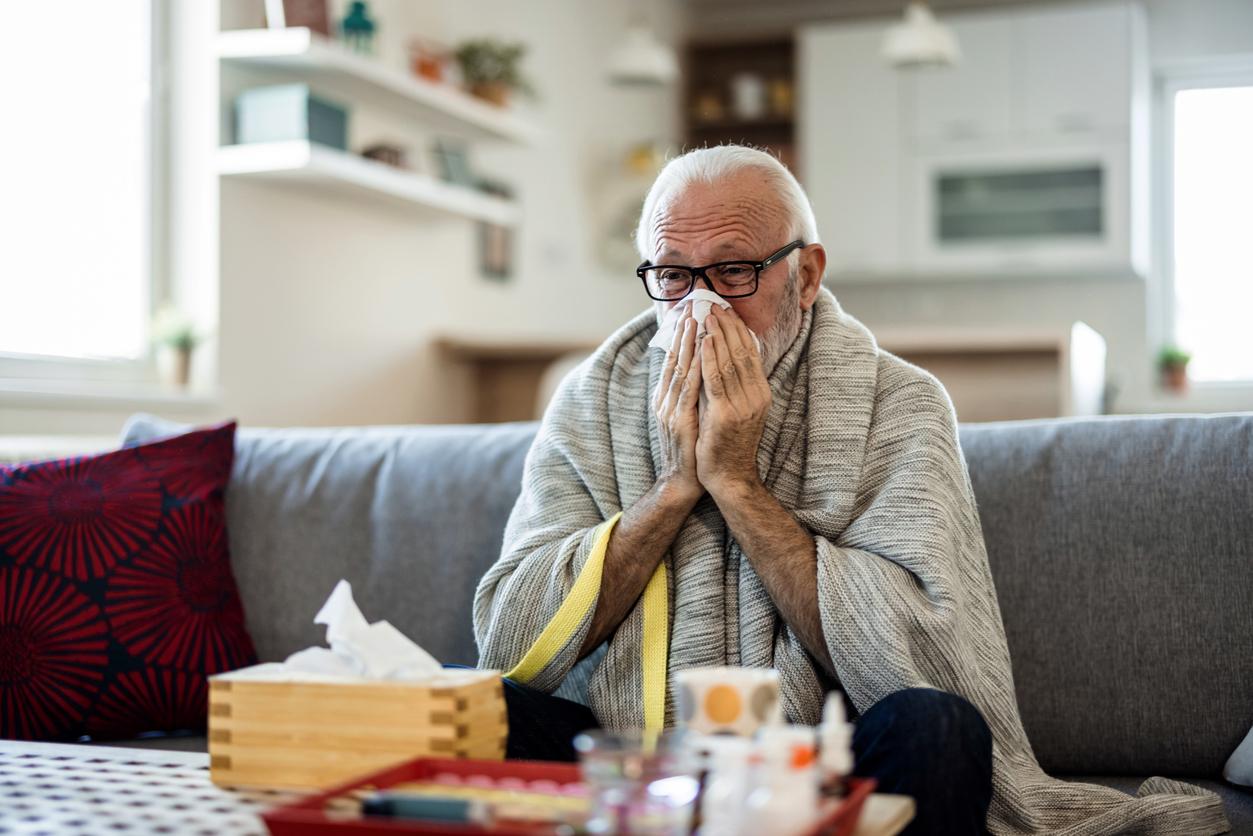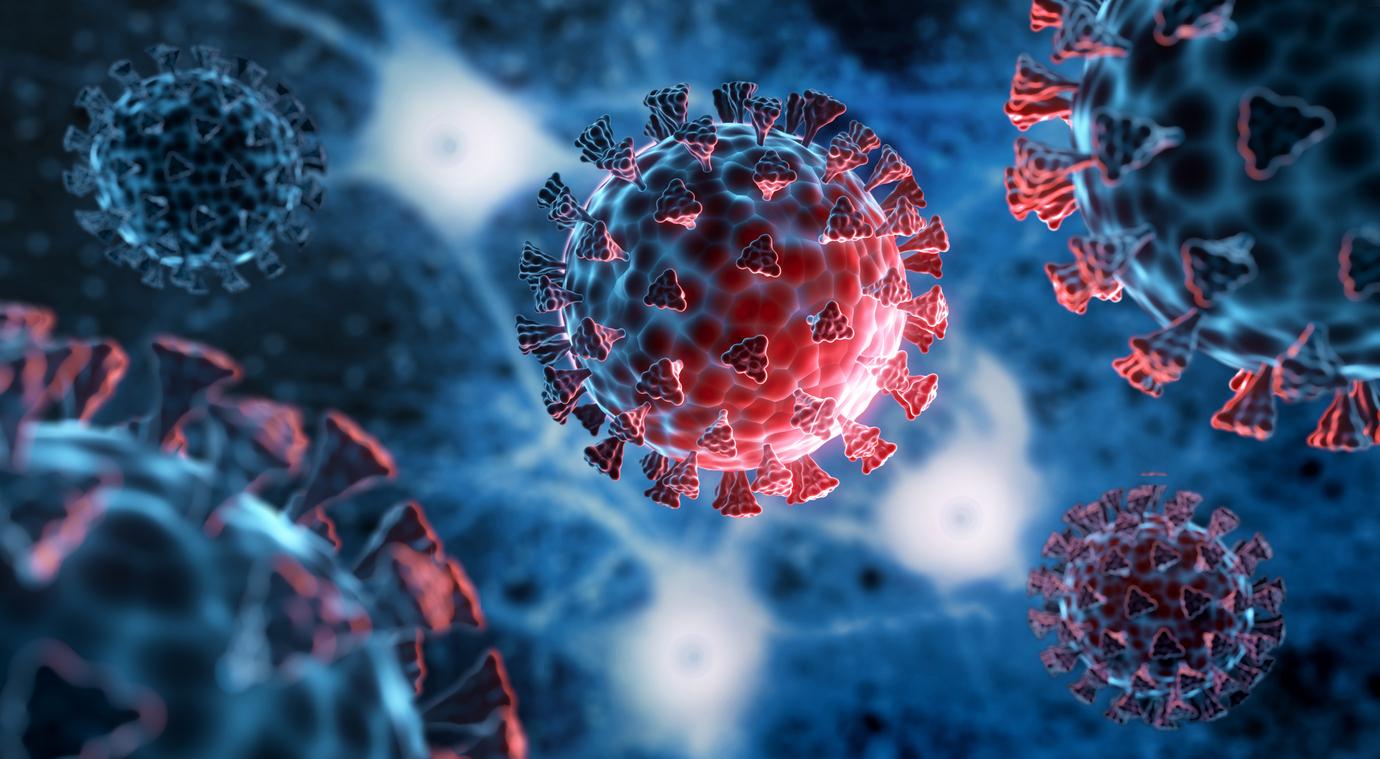According to researchers, the combination of UV-A and UV-B could deactivate the virus, paving the way for the use of light as a method of disinfection.

- SARS-CoV-2 would be sensitive to the action of UV rays which could deactivate it
- UV could be used in air filtration systems to disinfect premises such as hospitals, or means of transport
SARS-CoV-2 has claimed more than 2.8 million lives worldwide. At the end of 2020, the appearance of variants, more contagious or even more deadly, aroused concern. According to a group of scientists, the virus has a flaw: its sensitivity to ultraviolet rays. A research team made up of researchers from the University of California – Santa Barbara, the University of Oregon, the University of Manchester and ETH Zurich calls for further research on this subject, in a letter published in the specialized journal Journal of Infectious Diseases.
Two contradictory studies
Together, they compared the results of two studies carried out on the deactivation of the virus face when exposed to UV: one was theoretical, the other was the conclusion of an experiment carried out in the laboratory. “The theory suggests that the deactivation is the result of the action of UV-B on the RNA of the virus, they degrade it“, explains Paolo Luzzatto-Fegiz, one of the principal authors of the text. However, he noted, with his team, great differences between the two scientific publications, according to them, this suggests that the mechanism would not be solely linked to UV-B. First, the researchers found that the inactivation of the virus thanks to UV, occurs faster in the experiment compared to theory. In 10 to 20 min of exposure to UV-B lamps, B, the viruses, placed in a substance equivalent to saliva, were deactivated, eight times faster than the theoretical study suggested.
What concrete applications?
For scientists, the explanation for these differences could be linked to UV-A. “They could interact with some of the molecules“, points out Paolo Luzzatto-Fegiz. These ultraviolet rays are already used in the field of wastewater treatment. “Our analysis shows the need for additional experiments to test the effects of different wavelengths“. UV-A has a wavelength of 400 to 325 nm, against 315 to 280 nm for UV-B. He reminds us that these two ultraviolet rays can be easily produced, in particular thanks to LED lamps. These techniques could be used in air filtration systems, whether in hospitals or public transport. Last April, researchers were already interested in the use of ultraviolet rays to eliminate the virus. Korean researchers estimate that LED lamps, diffusing UV-C, could eliminate 99.9% of traces of Covid-19 from a contaminated surface, in just thirty seconds.

.















